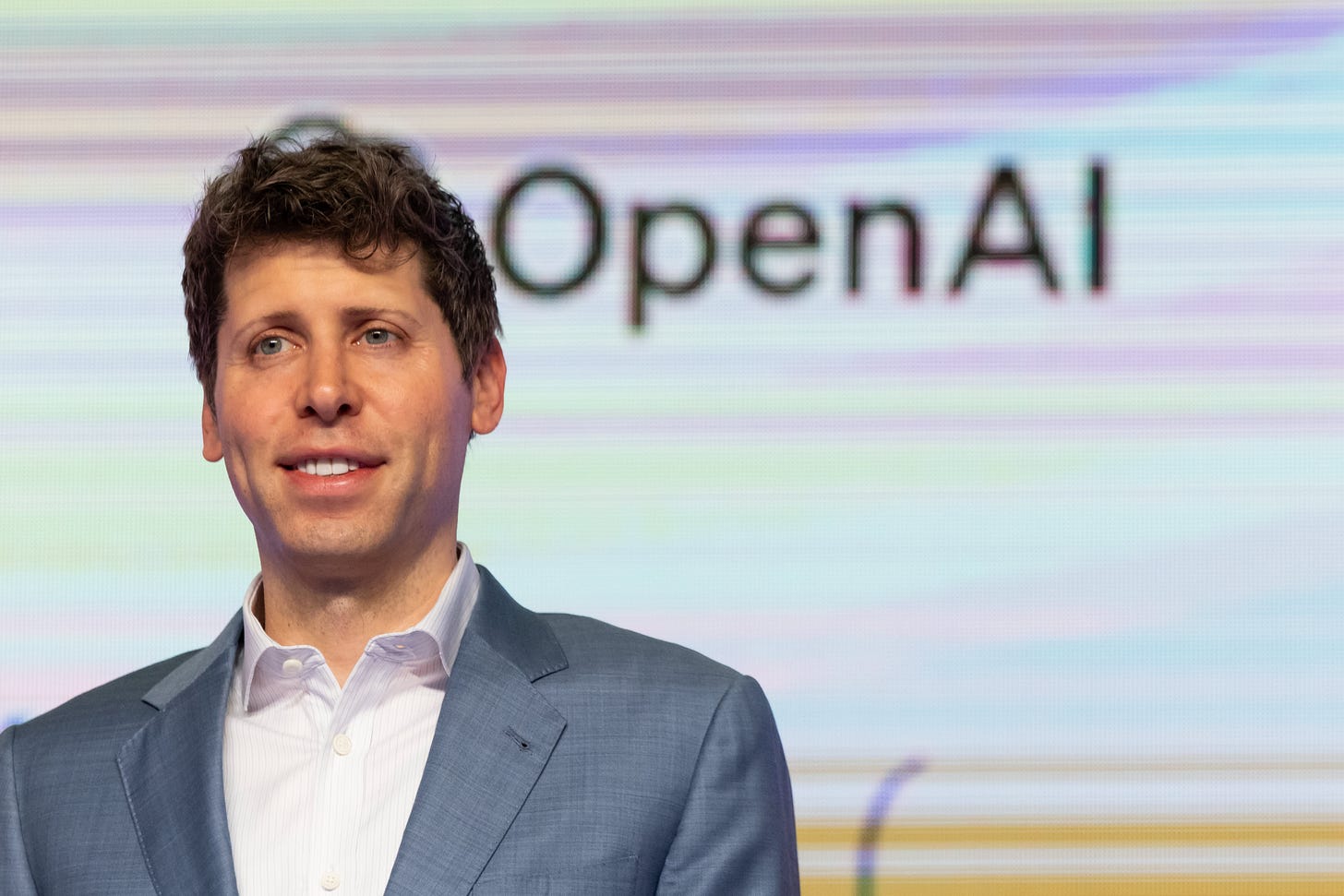How to Sell AI Consulting at High Margins
How consulting fits into OpenAI's strategy
Each month, this newsletter is read by over 40K+ operators, investors, and tech / product leaders and executives. If you found value in this newsletter, please consider supporting via subscribing or upgrading. This helps support independent AI analysis.
99% of AI consulting shops (and vertical AI) today are struggling to stand out—caught between productized offerings that feel too shallow, and custom services that kill margins. Everyone wants a high-margin business, but few have a business model for it.
But OpenAI does. And if you're paying attention, they're handing you the playbook.
Recently, The Information reported that OpenAI is expanding its consulting services, starting with “strategic” accounts that spend $10 million or more. That move instantly drew comparisons to Palantir—a company famous for selling services wrapped around a software platform.
But if you stop there, you miss the point. This not about the short term services revenue. It’s about the long game.
Readers of Enterprise AI Trends probably shouldn’t be surprised. Back in February, I covered OpenAI’s partnership with Softbank (OpenAI’s AI Strategy in a Nutshell), which previewed this shift. By late 2024, OpenAI had already begun hiring Forward Deployed Engineers (FDEs), signaling its intent to integrate directly with large enterprise accounts.
Since then, a lot has changed. Enterprise AI adoption has exploded. OpenAI’s annualized revenue tripled to $12 billion by June 2025, and its reinforcement fine-tuning platform quietly matured into a serious wedge. These two trends—custom model adoption and fine-tuning infrastructure—are the real levers behind OpenAI’s consulting ambitions.
So in this post, we’ll unpack how OpenAI is using consulting not as a revenue stream, but as a strategic wedge to entrench OpenAI’s models deeper into enterprise tech stacks, while creating a high margin service business as a side effect.


